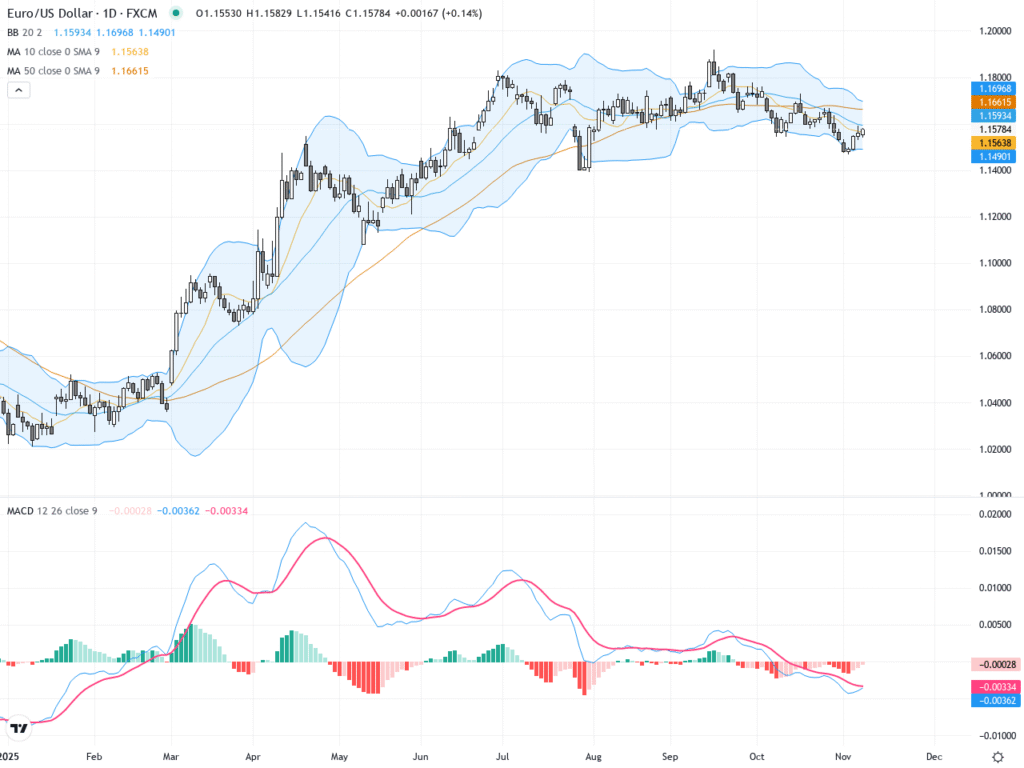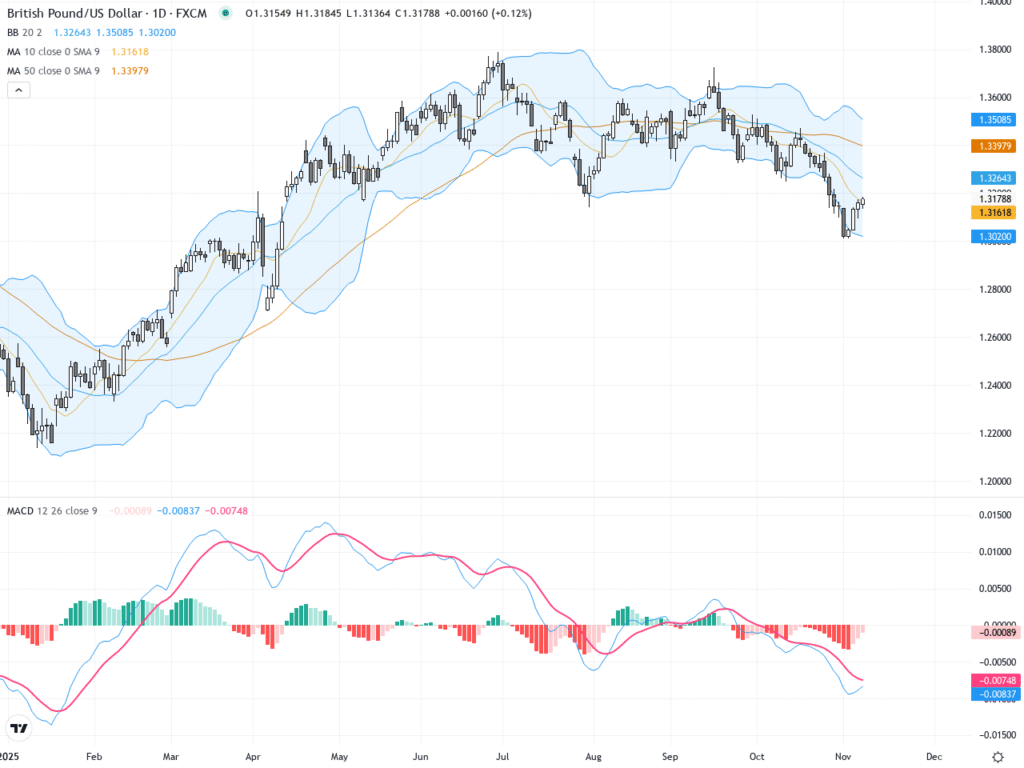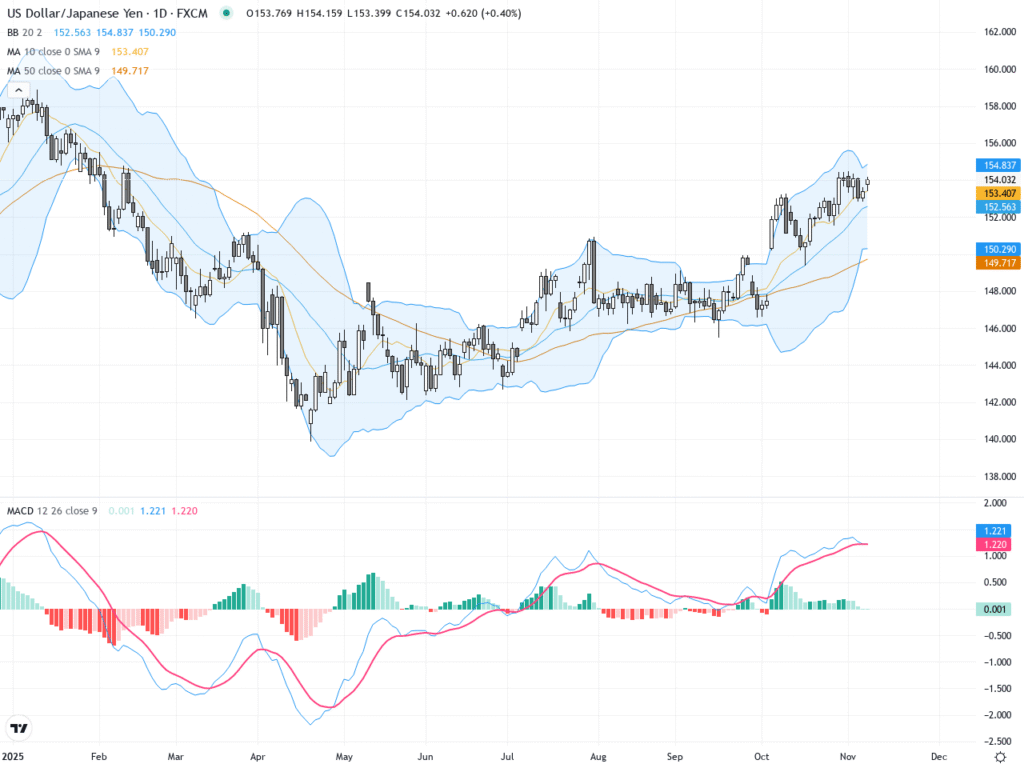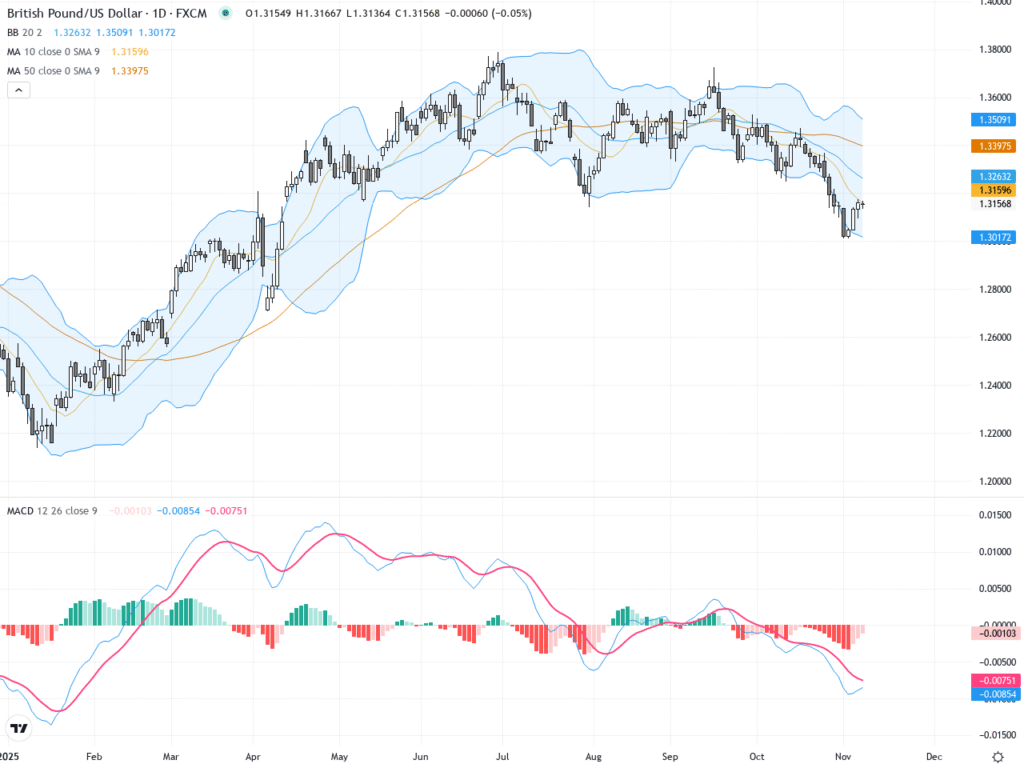 |
| Gold V.1.3.1 signal Telegram Channel (English) |

How EU Steel Tariffs Are Disrupting the Auto Industry and Financial Markets in 2025
2025-10-08 @ 20:00
EU Auto Industry Faces Turmoil Amid New Steel Tariffs: What Financial Markets Need to Know
Global financial markets have been shaken by a new wave of tariffs imposed by the European Union (EU), targeting imported steel. This move, prompted by recent US tariff increases on automobiles and metals, has triggered widespread panic across the automotive sector—a key pillar of the EU economy. As major auto giants see their shares tumble and industry leaders scramble to respond, investors and analysts alike are now grappling with the broader impact these policies could have on trade flows, company strategies, and consumer prices.
The Tariff Battleground: US vs. EU
Tariffs have once again become central to international economic policy, following a resurgence in cross-Atlantic trade tensions. Earlier this year, the US raised tariffs on several vital sectors, including steel, aluminum, and automobiles. Notably, the US administration imposed a 15% tariff on cars imported from the EU—a significant increase compared to the 10% rate on UK vehicles, and a less severe alternative to the threatened 25% rate. The escalation threatened EU exports valued at billions of euros, particularly exposing passenger vehicles and auto parts that depend heavily on the American market.
In retaliation, the EU published its own list of products—including steel and various auto components—subject to new import duties. These countermeasures cover imports worth over EUR 26 billion, intensifying uncertainties for both manufacturers and investors.
Cracks in the Automotive Sector
The EU’s automotive sector, which contributes 60% of the bloc’s overall trade surplus, is especially vulnerable to tariff shocks. While heavy commercial vehicles like buses are less exposed due to limited trade volumes, the mass-market passenger vehicles and their parts represent the primary risk area. EU manufacturers have long relied on US sales for growth, and the new tariffs pose a direct threat to their revenue streams.
For companies with assembly plants located in the US, production adjustments offer only partial relief. These plants still depend on imported parts from Europe, now subject to tariffs themselves, which could dent profits and complicate supply chains further. As a result, many automakers are now re-evaluating their business models and considering strategies such as onshoring production back to the US or temporarily lowering prices to absorb the impact. Ultimately, the path chosen will depend on how consistent—and predictable—trade policy remains in the months ahead.
Financial Fallout: Equity Markets React
Since the announcement of new tariffs, shares of leading EU carmakers have taken a hit. Investors are rightly concerned about the possibility of depressed export volumes, shrinking margins, and a potential slowdown in earnings growth. Financial markets are also pricing in the possibility of slower economic expansion as trade volumes decline and uncertainty weighs on corporate sentiment.
From a macro perspective, the EU’s advantage in trade surpluses may prove to be a double-edged sword. While the region enjoys a positive balance, any escalation in tariff wars could see it bear the brunt of retaliatory actions—threatening jobs, production, and innovation within the sector.
Impact on Consumers: Rising Prices and Limited Choice
Regardless of the final outcome, higher tariffs are expected to translate into higher prices for American consumers. As costs rise for imported cars and domestic production faces increased input costs, consumers may face both sticker shock and fewer choices in the showroom. While some details of the US-EU agreement—including quotas for steel imports—are still under negotiation, the general trend points toward more expensive vehicles and tighter supply chains.
It’s worth noting that, compared to the initial threat of a 25% tariff, the agreed-upon 15% rate on EU passenger vehicles does offer some relief and reduces the risk of a full-blown trade war. However, for financial analysts and industry watchers, the situation remains fluid, with the final agreement still subject to ratification by the EU Council.
Navigating Uncertainty: What Lies Ahead?
For investors, companies, and consumers alike, the immediate outlook is one of uncertainty. Industry players must closely monitor political developments and be prepared to adapt their strategies—including potential shifts in global supply chains, pricing adjustments, or onshoring production—to secure long-term stability.
Meanwhile, the dominant sentiment within the sector is that—the higher the tariffs, the greater the risk to both European business competitiveness and American consumer welfare. As trade policies continue to evolve, maintaining flexibility and keeping a close watch on regulatory developments will be essential for surviving and thriving in this new environment.
Conclusion
The EU’s new steel tariffs, triggered by escalating US trade measures, have sent shockwaves through the automotive industry. With equity prices falling and market participants bracing for lasting changes, the key question for financial market stakeholders is not just how companies will respond, but how swiftly global trade patterns and consumer behavior will adjust to the new normal. The coming months promise further debate, negotiation, and uncertainty—making it more crucial than ever for investors to stay informed and proactive.








